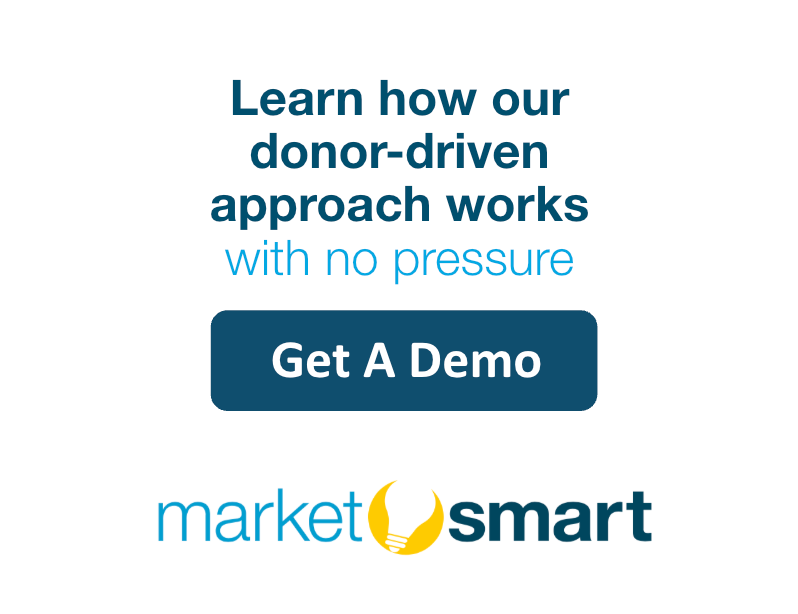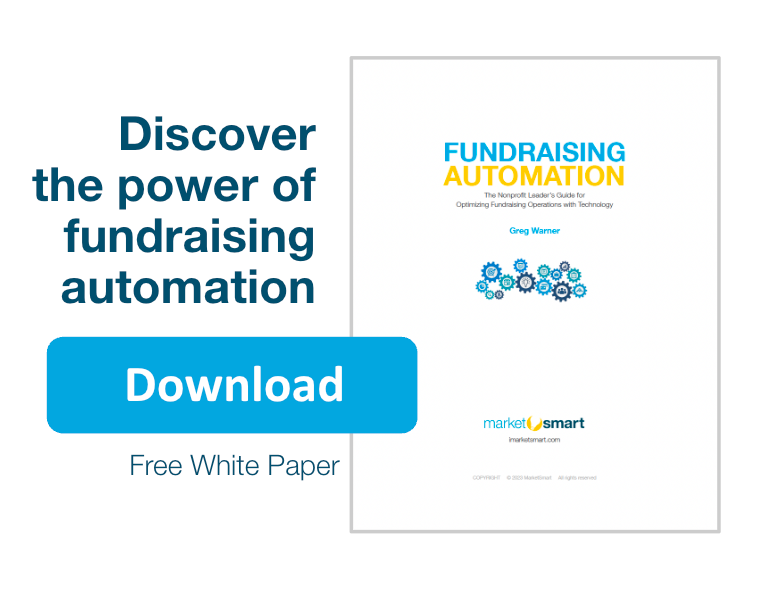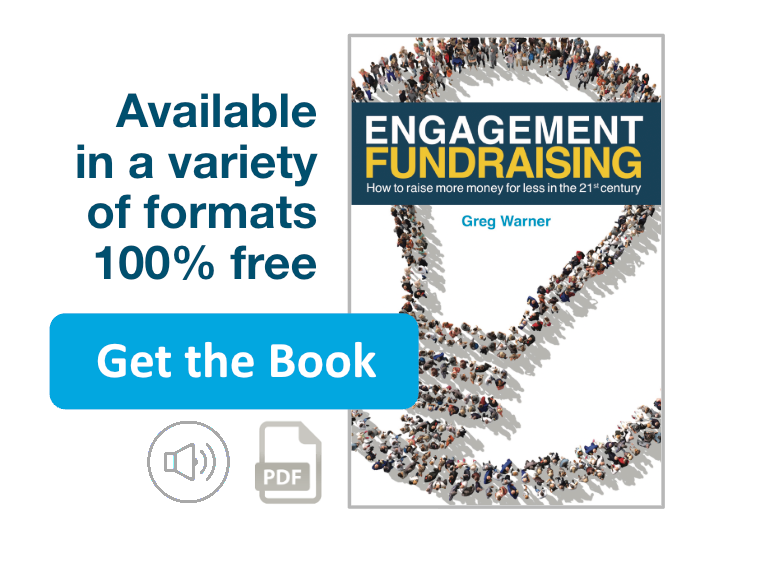1. Competition is fierce and everywhere.
Nonprofits don’t only compete with other nonprofits. They also compete with private sector businesses and Uncle Sam (the tax collector) for every donor’s “share of wallet and attention.” Plus, donors want non-exclusive, polyamorous relationships with organizations. In other words, they will decide when they’ll cozy up to other charities. Of course, you can influence their decisions, but you can never control them. You are at a disadvantage. Private sector companies and the government have deeper pockets. In order to win, you better be smart!
2. Most of the time donors spend involving themselves with your organization happens without a fundraiser present.
More than 99% of every donors’ time and energy spent involving themselves with your organization’s mission is done without you. You must accept this new reality and enable your supporters’ self-education and self-navigation of the decision-making process.
3. The consideration continuum is open-ended.
Donors are fickle. Their needs, passions, and interests will change. As they do, they might decide to give more, less, or stop giving altogether. They might involve themselves deeper in your cause or end their involvement (perhaps even by removing your organization from their estate plan). As a result, customer service (stewardship) is more essential now than ever.
4. Your job is (first and foremost) to make supporters feel good, not ask for money.
In order to generate major gifts (including legacy gifts) and inspire hi-capacity mid-level donors to give more, you must first make them feel good by engaging them politely and persistently with offers that deliver value over time. If you do that, your donors self-solicit. They’ll step up to make a difference so they can find meaning in their lives. Then they’ll ask you, “What can I do to help?” Yes! Seriously! If you make them feel good, they will give, give more, refer friends, get more involved, become more committed, and make legacy gifts.
5. All donors are not equal.
It is inefficient and costly to attempt to deliver first-class, red-velvet-rope, VIP treatment to every donor. That’s why you should appropriate your budget properly. Leverage technology to provide stewardship to all of your donors but focus your time, money and effort most profoundly on the people who are most likely to make the most impact.
6. Major donors, legacy supporters and legacy prospects expect (and deserve) first-class treatment.
Everyone expects to be treated fairly. But your most valuable supporters expect and deserve even more. Giving them that first-class seat along with a red-velvet-rope experience that makes them feel like a V.I.P. is essential nowadays. After all, these are major gifts! And besides, if you won’t do it, another highly competitive organization probably will!
7. Donors deserve to decide whether or not they want to be in a portfolio (on a caseload).
Just because a donor was put in your portfolio doesn’t mean they want to be there. Donors should be asked to opt-in for a deeper relationship. They should have a choice in the matter. They should be invited to gain value from a deeper relationship with an organization, its mission, and its staff. If your value proposition is clear and found to be acceptable to the donor, they will opt-in. Then, you’ll become more focused only on those super-highly qualified supporters and that will lead to deeper engagements and more revenues at low costs.
8. Portfolios will churn.
Although some supporters might have opted-in to a deeper relationship with you, it is inevitable that some will want to opt-out completely or will pull away temporarily. For this reason, nonprofits must embrace a system that refreshes portfolios thanks to a constant stream of fresh opportunities, thereby reducing ‘hoarding’ by gift officers.
9. Fundraisers desperately need support.
Too many organizations force fundraisers to do too many things when, instead, they should support them with a focus on the 80/20. In other words, support them with a two-pronged major and legacy gift fundraising approach that includes (1) Marketing ‘air support’ for major and legacy gift fundraisers– one-to-many digital or traditional communications support that may or may not be automated; and (2) ‘Boots on the ground’ marketing support for major and legacy gift fundraisers – one-to-one communications support that seemingly come from staff (usually gift officers or organizational leaders) or volunteers (such as board members) that may or may not be automated.




